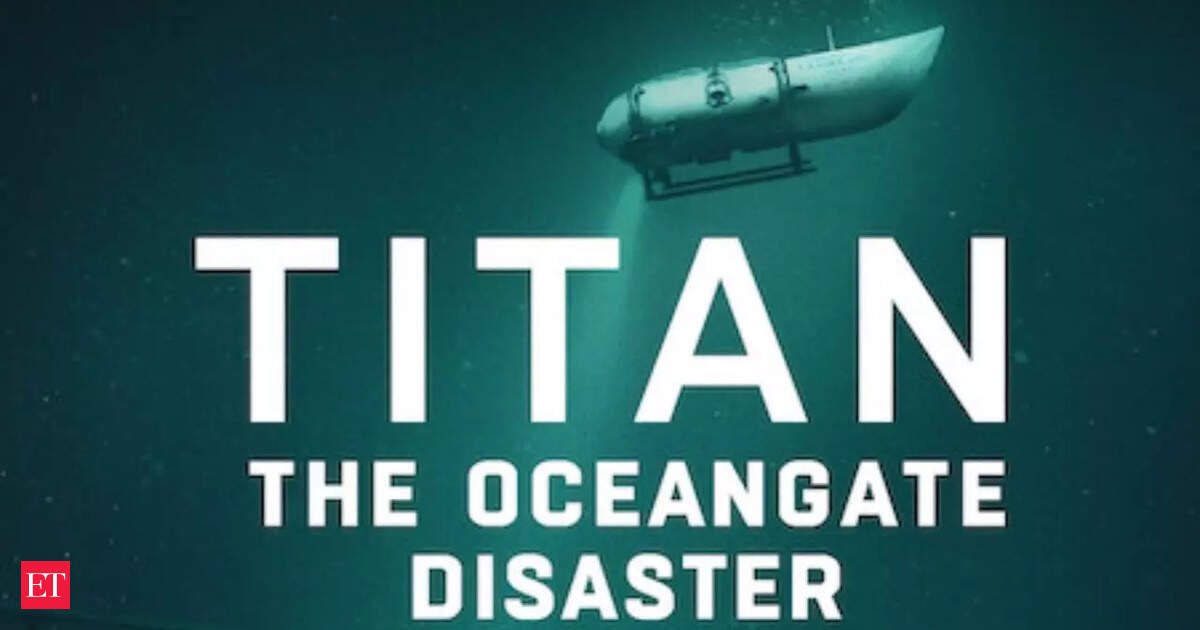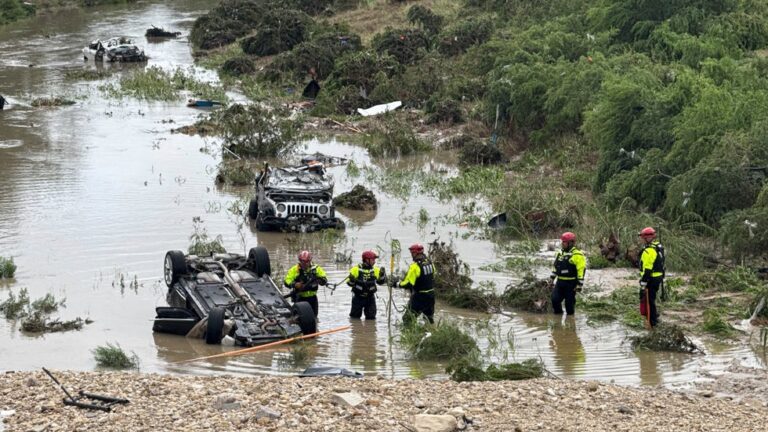Shocking New Titan Submersible Footage Reveals Harrowing Truth Behind the 2018 Tragedy
Among the victims were OceanGate CEO Stockton Rush, billionaire adventurer Hamish Harding, businessman Shahzada Dawood and his son Suleman, a university student, as well as Titanic expert Paul-Henri Nargeolet. The catastrophic implosion that caused their deaths captured the world’s attention and sparked widespread mourning and debate.
Titan: The OceanGate Submersible Disaster
The new documentary on Netflix titled ‘Titan: The OceanGate Submersible Disaster’ examines what ultimately led to the 2018 disaster in which OceanGate’s CEO, Stockton Rush, also died when attempting to visit the wreck of the RMS Titanic.
The documentary presents a series of shocking moments, including exclusive footage showing how Rush had fired one of his senior divers, David Lochridge, for raising health and safety concerns about the submersible, reports Ladbible.
One detail that has surprised viewers is a distinct ‘popping sound’ heard at various moments during footage from inside the Titan submersible. This sound is particularly noticeable in a clip showing Stockton Rush piloting the sub alone during an underwater test.
The late CEO reacts to the unexpected noises, referring to the pops as “attention-getting” and appearing visibly unsettled by them. However, later in the documentary, Rush informs passengers of the vessel to simply ‘ignore’ any pops, insisting the sub was safe. This contradiction has baffled viewers, many of whom took to social media platforms like Reddit to express their shock. One user commented, “The Netflix [Titan Sub] doc is the best yet. Those cracks & pops. My gosh.”
The footage sparked a debate about the safety of the Titan vessel, leading some to deem it a “death trap”. Comments from users included sentiments like, “How could anyone think that death trap was safe? The data showing how bad it got with each dive and still he went ahead.”
Understanding the Science: What’s Behind the Sounds?
The documentary sheds light on the acoustic phenomena that occurred within the Titan. The cracking and popping sounds are explained to be a result of Stockton Rush’s decision to manufacture the submersible with a carbon fiber hull, a material that, while lightweight and strong, has its own set of challenges when subjected to the immense pressures of deep-sea exploration.
Experts suggest:
– **Carbon Fiber Hull**: While innovative, carbon fiber can exhibit fatal failure modes under extreme conditions, such as the pressure found at significant ocean depths.
– **Structural Integrity**: The popping sounds indicate that the structural integrity of the vessel may have been compromised, an alarming signal for any craft at such depths.
– **Diver’s Concerns**: It raises the question of why vital safety considerations were disregarded, particularly after Lochridge’s dismissal when he voiced legitimate concerns for the vessel’s health.
The Expedition That Changed Everything
On June 18, 2023, a tourist expedition to view the wreck of the Titanic went missing off the coast of Newfoundland, Canada. Over the following four days, the world became captivated by the Titan, the diminutive submersible its charismatic inventor, Stockton Rush, had touted as the key to unlocking deep-sea exploration for the masses.
As search efforts intensified, the story revealed not just the risks of adventure tourism but also the human stories behind the tragedy:
– **Stockton Rush**: The visionary behind Titan, whose ambition sometimes overshadowed caution.
– **Hamish Harding**: A billionaire adventurer known for his daring explorations.
– **Shahzada and Suleman Dawood**: A father-son duo who epitomized the dream of adventure and exploration.
– **Paul-Henri Nargeolet**: A Titanic expert, whose passion for maritime history drew him to this high-risk expedition.
Eventually, pieces of the vessel were discovered at the bottom of the North Atlantic Ocean, and experts concluded that Titan had imploded during its descent, likely killing all five of its passengers instantly.
The documentary, which premiered on June 11 on Netflix, delves into the years leading up to the incident, discussing Rush’s ambition to become a world-renowned change-maker and the subsequent disastrous outcomes of his underwater endeavor.
The Aftermath: Lessons to Be Learned
The Titan submersible tragedy serves as a somber reminder of the perils of pushing technological boundaries without adequate safety protocols. As the documentary illustrates, crucial decisions were made that the industry must now scrutinize deeply.
Potential Takeaways for Future Expeditions:
1. **Rigorous Safety Standards**: Implementing and adhering to comprehensive safety regulations is essential for any submersible venture.
2. **Transparency in Operations**: Open communication about risks and concerns can prevent tragedies that arise from ignored warnings.
3. **Public Awareness**: Educating potential passengers about the risks involved with extreme tourism is vital for informed decision-making.
The Titan submersible’s ill-fated expedition has cast a long shadow on the future of underwater tourism, prompting a debate not just about adventure and exploration but about responsibility in the face of innovation. As we mark two years since this tragic event, it remains clear that lessons must be learned to prevent such a disaster from happening again.






